Hand-pollinating the flowers in your indoor garden
.jpg)
Why manually pollinate your indoor plants?
In outdoor gardens, pollinators like bees and birds naturally fertilize flowers, allowing fruits and berries to develop. This happens when pollen from the stamens (male parts) reaches the pistil (female part) of the flower.
Some plants, such as strawberries, tomatoes, peppers, and chilies, contain both male and female parts within the same flower. Others, like zucchinis, have separate male and female flowers.
Indoors, whether grown hydroponically or in soil, natural airflow is often insufficient for effective pollen transfer. This is why manual pollination is essential during the flowering stage. Follow these simple techniques to ensure successful pollination and maximize your Véritable® Indoor Garden harvest.
Which Véritable® plants require pollination?
Only fruiting plants need pollination. However, zucchini flowers don’t require pollination, as they are consumed as flowers rather than grown for fruit.
The Lingots® that require manual pollination are:
🍓 Wild Strawberries
🍅 Mini Tomatoes
🫑 Mini Peppers
🌶️ Chili Peppers
These varieties develop flowers containing both pollen and pistil, making them self-pollinating with a little help from you. Here are three easy methods to assist the process.
How to pollinate flowers in your Véritable® indoor garden
1. Using the Véritable® Pollination Brush
For strawberries, mini peppers, and chilies, gently brush the inside of each flower using the Véritable® pollination brush to transfer pollen to the pistil.
💡 Tip: Wipe the brush between different plant species to avoid cross-pollination.
✅ The Véritable® pollination brush is ideal for this process, featuring:
✔ Soft, fine bristles
✔ A flexible structure
✔ A perfectly adapted diameter for delicate flowers
For more details on strawberry pollination, check out our guide on growing strawberries indoors.
2. Using a Finger or Cotton Swab
If you don’t have a brush, gently rub the inside of each flower with your finger or a cotton swab.
⚠️ Caution: This method is less effective and can be harsh on delicate flowers. Always wash your hands or switch fingers between different plant species to avoid contamination.
📌 Important: Whether using a brush or your fingers, be gentle! Excess pressure can cause flowers to fall off, preventing fruit development.
3. Shaking the Plant for Mini Tomatoes
For mini tomatoes, manual pollination works differently. Since tomato flowers are closed, they cannot be pollinated with a brush.
✔ Simply shake the plant using quick, light motions by tapping the main stem with the palm of your hand. This method effectively distributes pollen within the flower.
✔ If you have multiple flowers, this technique is quick, efficient, and practical.
Bonus Tip: Using a Fan for Passive Pollination
For a low-maintenance option, place a small fan near your Véritable® Indoor Garden, set to a gentle breeze.
💨 A light airflow helps distribute pollen and strengthens your plants, making them more resilient. However, manual pollination remains the most effective method.
When to pollinate your flowers?
Pollinate your plants regularly throughout the blooming phase, which can last for several weeks.
Best time: Every two days, while the grow lights are on, as flowers open in the light.
Over time, pollinated flowers will drop off, revealing a tiny fruit that will continue to grow and ripen before harvest.
Harvesting and sharing your success
By following these simple pollination techniques, your tomato, pepper, and chili plants will soon produce abundant fruit. Let them mature before harvesting and enjoy creating delicious recipes with your fresh produce!
📸 Share your journey! Post your plant progress, flowers, fruits, and recipes with our community on Facebook—we love seeing your plants thrive!
Looking for more inspiration? Check out our best tips for harvesting aromatic plants and discover exclusive Véritable® recipes to elevate your cooking.
Share this content

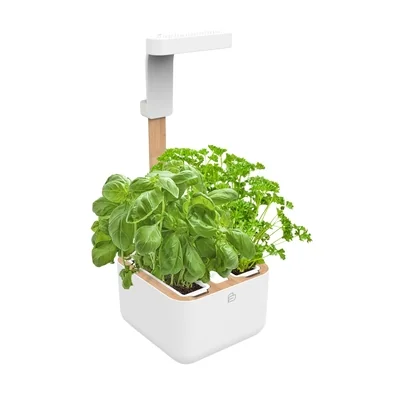
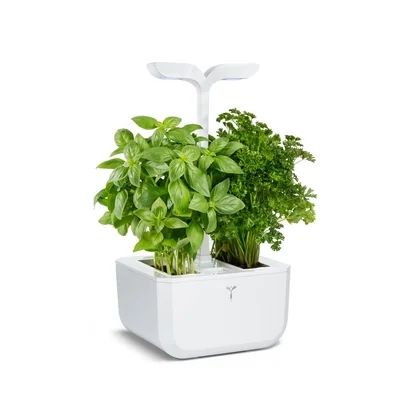
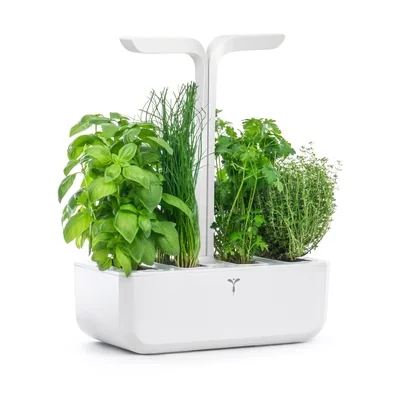
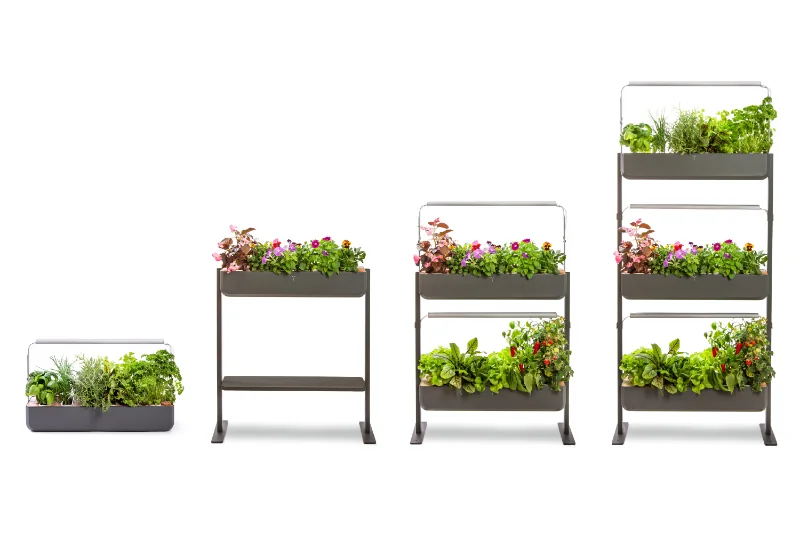
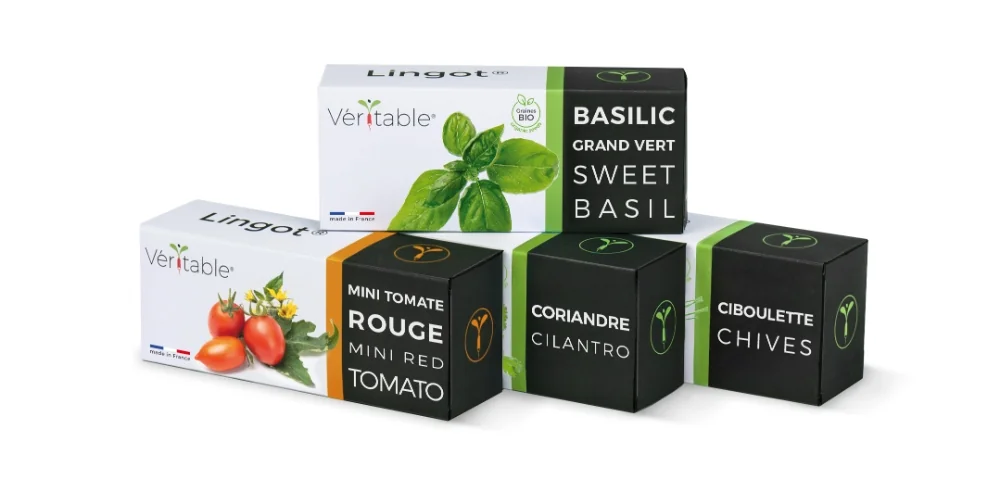
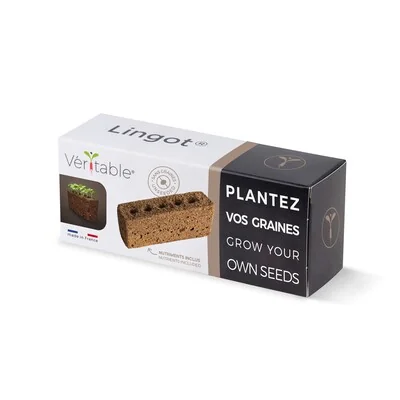
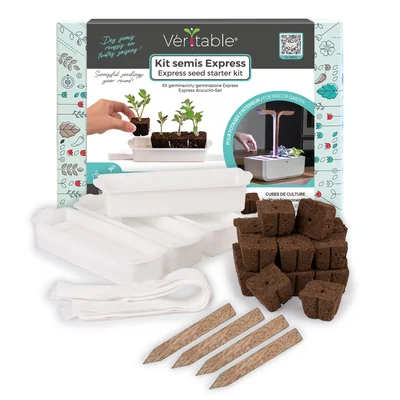
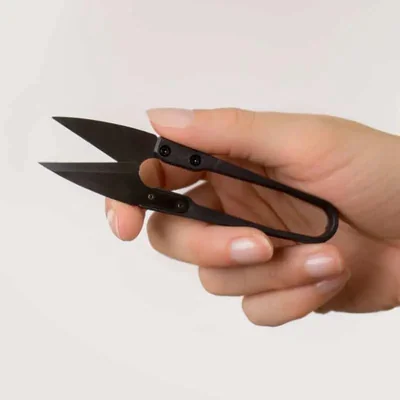
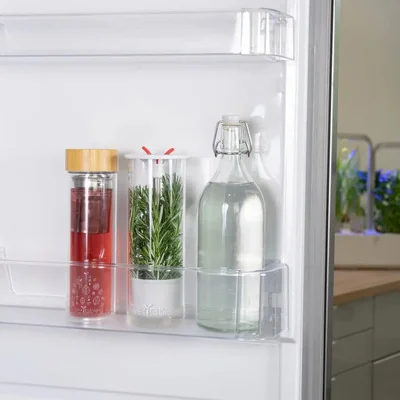
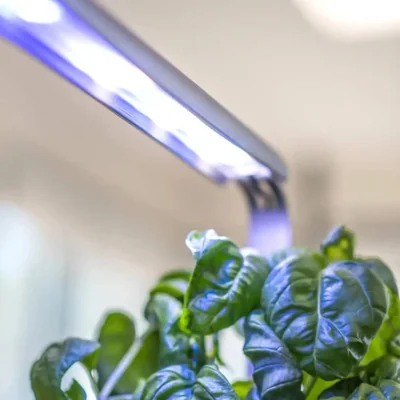
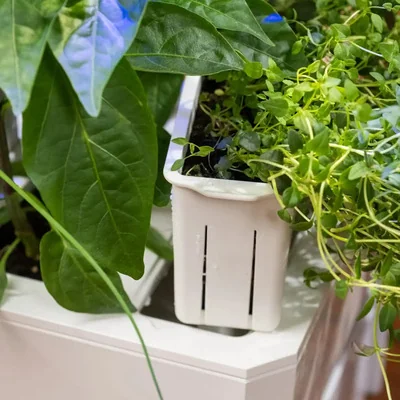
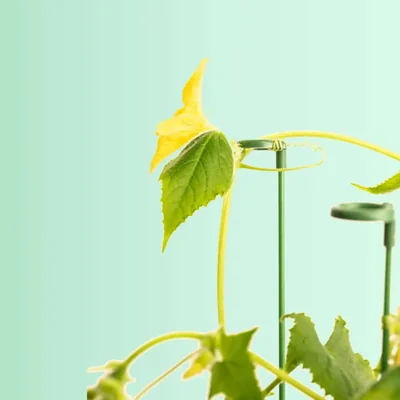
 Aromatic herbs
Aromatic herbs  Recipes
Recipes  Salads
Salads  Main dishes
Main dishes  Appetizers
Appetizers  Desserts
Desserts  Beverages
Beverages  Festive meals
Festive meals  News and events
News and events  Tips
Tips 

